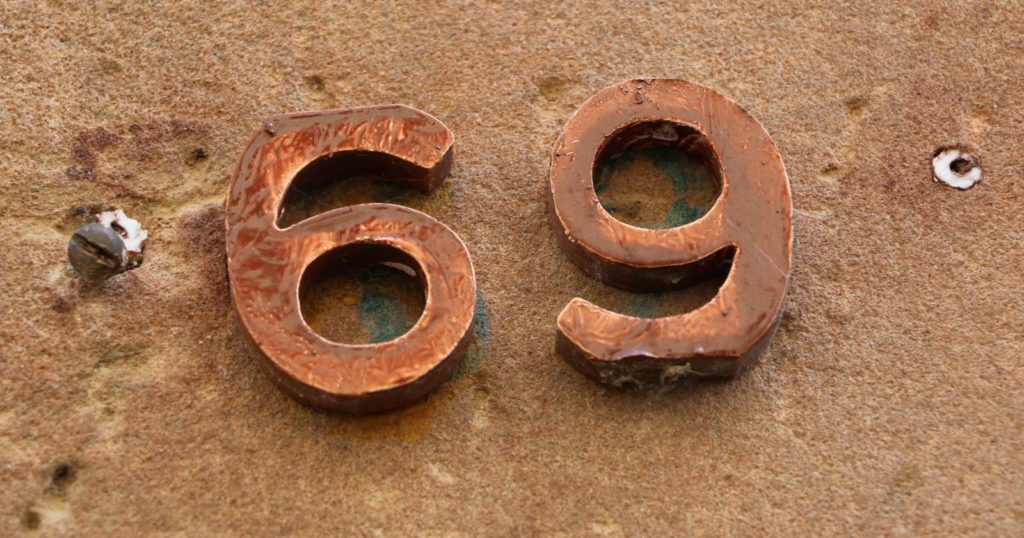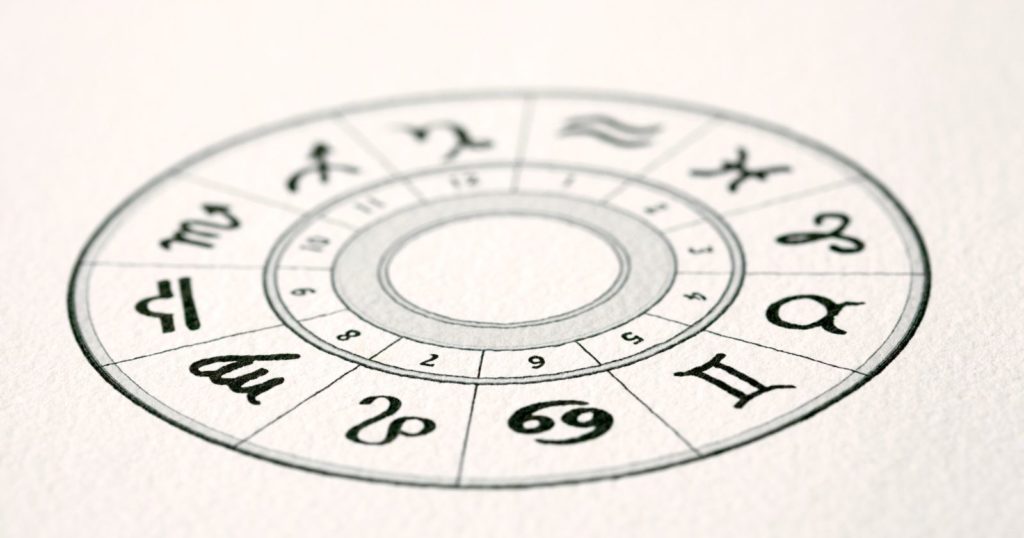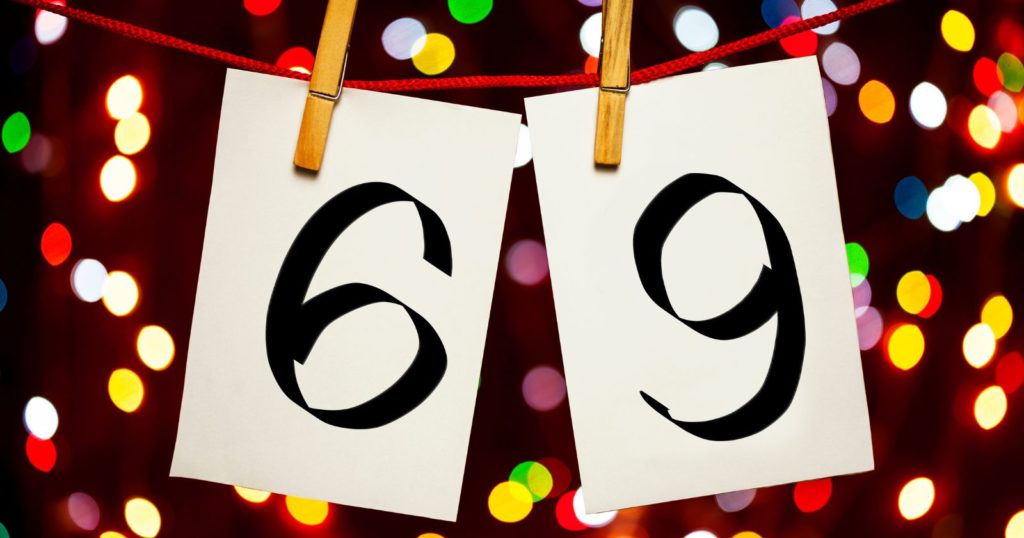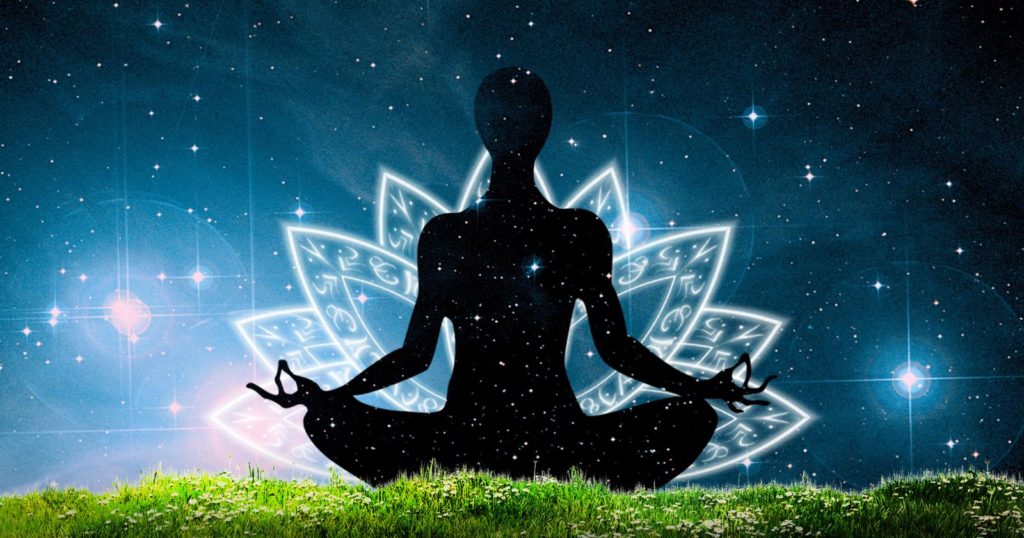1. Dispelling Myths about The Devil Card
Tarot, an age-old divination tool, has been guiding humanity through its complex symbolism and intuitive imagery. While all the tarot cards in the Major Arcana hold significant importance, few create as much intrigue and misconception as “The Devil” card. This card’s mere mention can evoke a range of emotions, from curiosity to apprehension. But why is this?
The main reason is the card’s dramatic imagery combined with religious and cultural references related to the devil. From movies to books, we have been conditioned to view the devil as the embodiment of evil, temptation, and sin. However, in the context of tarot, the devil card has a much more nuanced meaning that doesn’t necessarily lean on the side of negativity.
First and foremost, tarot doesn’t deal in absolutes. Each card in a reading provides insight based on the context it’s drawn in, and the querent’s current life situation. When “The Devil” makes an appearance, it’s an invitation to delve deeper into our psyche, face our shadows, and understand the chains that bind us.
The card challenges us to confront our darker desires, our fears, and the elements of our life that control us. It’s about acknowledging our weaknesses, understanding them, and finding ways to overcome them. It’s not a harbinger of doom but a mirror reflecting back the aspects of our life that need introspection.
Further, the binary interpretation of tarot cards as simply ‘good’ or ‘bad’ robs them of their depth and richness. Just like life is not merely black and white, tarot cards encompass the full spectrum of human experience. The Devil, despite its menacing appearance, is not just a harbinger of temptation or ill fortune. It reminds us of our inherent human nature, the dichotomy of our existence, and the constant struggle between our baser instincts and our higher aspirations.
So, as we venture further into understanding “the devil yes or no tarot,” remember that the Devil card isn’t there to scare or deter you. Instead, it offers a unique perspective, urging introspection, self-awareness, and personal growth. Whether it answers “yes” or “no” to your queries, it’s always calling for a deeper dive into the intricate dance of our desires, fears, and aspirations.
2. The Symbolism Behind ‘The Devil’ Card
The essence of the tarot lies in its symbolism. Each card is a visual narrative, teeming with symbols that narrate a tale much beyond the immediate imagery. “The Devil” card, perhaps more than many others in the deck, is laden with multi-layered symbolism that demands attention and interpretation. Let’s dissect these symbols to understand the card’s deeper nuances.
- Chains: At first glance, the chains might be seen as mere restraints, but they bear a deeper meaning. They represent our personal bonds, not just to people, but to habits, beliefs, and situations. The chains in the card are typically loose, suggesting that with self-awareness and determination, one can free oneself from these self-imposed bindings. It’s about recognizing the power within us to break free and understanding that sometimes we are our own captors.
- Horns and Bat Wings: These distinctive features scream temptation and darkness. But they also reflect the animalistic nature in humans, the primal instincts, and desires that drive our actions. The horns, representing a connection to the earth and our basic nature, ask us to acknowledge our inherent desires. The bat wings, on the other hand, symbolize the night and the subconscious. They push us to confront the aspects of ourselves that only emerge in the dark, the parts we might be hiding from the world, or even ourselves.
- The Inverted Pentagram: While the upright pentagram in the occult represents the spirit presiding over the four elements (earth, air, fire, and water), its inversion on the devil’s forehead suggests a distortion of these values. It’s a powerful representation of the physical reigning over the spiritual, a reminder of the pitfalls of prioritizing materialistic desires over spiritual growth.
- The Torch: This fiery element in the devil’s hand isn’t just a source of illumination but also destruction. It is a dual symbol. On the one hand, it represents enlightenment and the knowledge that can help us navigate through our darkest times. On the other hand, when not handled wisely, this knowledge can be destructive. It’s a poignant reminder that knowledge without wisdom can lead one astray.
- The Nude Figures: The card usually depicts two nude figures, both chained, representing Adam and Eve. Their nudity suggests vulnerability and the raw, uninhibited nature of our desires. The figures stand for the human experience of temptation and the duality of our existence – the balance between surrender and empowerment, innocence and experience.
- The Barren Land: Often overlooked, the barren landscape in the card’s background signifies spiritual desolation. It indicates a terrain where spiritual growth is challenged, a place where material desires have overtaken spiritual pursuits.
Diving into the symbolism of “The Devil” card, it becomes evident that its portrayal isn’t just about temptation or negativity. It’s a comprehensive representation of the human experience – our struggles, desires, and the constant dance between the material and the spiritual. The card encourages us to confront these elements, understand them, and harness them for personal growth and enlightenment.
3. When ‘The Devil’ Means Yes
Tarot readings are often sought for guidance, clarity, and understanding. One popular approach to tarot involves asking straightforward “yes or no” questions. Yet, even in this simplistic format, there’s profound depth, especially when a card as multifaceted as “The Devil” is drawn. Let’s explore the scenarios where The Devil might lean more towards a “yes” response.
- Facing One’s Shadows: If you’ve asked whether now is the time to address deep-rooted fears, insecurities, or internal challenges, The Devil’s appearance is a clear affirmation. It suggests that you are ready to confront the shadows, understand the darker aspects of yourself, and work towards integration and healing.
- Deepening Passion: For questions related to romance or personal connections, The Devil can signify an intense, magnetic attraction. If you’ve asked about the passion or depth of a relationship, the card suggests a raw, powerful bond. However, it also serves as a reminder to ensure that this connection doesn’t transform into an unhealthy attachment.
- Embracing Earthly Desires: Questions related to indulgence, celebration, or reveling in life’s pleasures might see The Devil card as a positive indicator. It’s a nod towards embracing the moment, celebrating life’s carnal joys, but with the wisdom to not overdo it.
- Understanding Material Needs: If your inquiry is about a material pursuit – a new purchase, an investment, or any financial decision – The Devil’s appearance might hint that it’s a good time to engage with these desires. However, it also encourages you to be aware of your motivations and ensure they don’t lead to materialistic obsessions.
- Empowerment through Knowledge: For questions related to learning or gaining knowledge, especially of the occult or hidden arts, The Devil can be a powerful affirmation. It signals that you’re on the path to deeper understanding, but also prompts you to ensure that this knowledge is used wisely.
- Recognizing Patterns: If your query involves understanding repetitive behaviors or patterns, The Devil’s appearance is an acknowledgment of these cycles. It suggests that now is the time to recognize, address, and break free from these patterns.
It’s crucial to remember that in tarot, the card’s meaning isn’t merely dictated by the imagery but also the question’s context and the querent’s current life phase. When “The Devil” appears in a “yes or no” reading, it’s not merely confirming or negating; it’s providing layers of insights, prompting introspection, and nudging you towards a deeper understanding of the situation at hand.
4. When ‘The Devil’ Means No
The evocative imagery of “The Devil” card often carries with it an aura of caution. But in the nuanced world of tarot, it’s essential to understand that “no” doesn’t necessarily mean something negative. Instead, it may be a protective warning, a gentle nudge to rethink, or a call for greater awareness. In the context of “yes or no” tarot readings, let’s delve into scenarios where drawing “The Devil” leans more towards a “no” answer.
- Beware of Temptations: If your question pertains to a new opportunity that seems too good to be true, The Devil card might be urging caution. It’s a sign that not everything glittering is gold, and some temptations can lead you down a path of regret.
- Reconsider Unhealthy Attachments: Questions about continuing a relationship or commitment may receive a “no” with The Devil card, suggesting it’s time to evaluate the health and mutual respect within that connection. It might indicate dependency, obsession, or even manipulation.
- Reflect on Impulsive Decisions: If you’re contemplating a spontaneous choice, especially ones involving substantial consequences, The Devil card might advise restraint. It prompts you to consider if you’re acting out of fleeting desire rather than genuine need.
- Avoid Overindulgence: For questions related to excess—be it in terms of spending, eating, or any form of overconsumption—The Devil serves as a reminder of the dangers of going overboard and losing one’s sense of balance.
- Reassess Materialistic Pursuits: If you’re considering a path driven primarily by material gains, The Devil might be cautioning against placing wealth or status above spiritual and emotional well-being.
- Steer Clear of Power Struggles: Questions regarding conflicts, especially where control and dominance play a role, might see The Devil card advising against getting entangled. It’s a suggestion to seek resolutions that don’t feed into ego clashes or power dynamics.
- Avoiding Unconscious Patterns: If you’re on the verge of repeating a past mistake or falling back into old habits, The Devil card advises awareness and intervention. It’s a clear “no” to going down familiar paths that haven’t served you well in the past.
It’s essential to approach “no” not as a rejection but as guidance. When The Devil card leans towards a negative answer, it does so with the querent’s best interest at heart. The card’s inherent wisdom encourages introspection, self-awareness, and, often, the need for a course correction. It’s less about doom and more about empowerment, urging you to make choices that align with your highest self.
5. Interpreting ‘The Devil’ Beyond Yes or No
Tarot is a multifaceted tool, offering profound insights beyond straightforward answers. While “yes or no” questions provide quick clarity, it’s in the deeper, more explorative readings that cards like “The Devil” truly shine. Let’s dive into the card’s broader interpretations and its implications in diverse tarot spreads.
- Facing Temptations: In comprehensive readings, The Devil can highlight areas of temptation in your life. It pushes you to recognize these allurements, asking crucial questions: What lures you in repeatedly? What consequences have you faced due to these attractions? And most importantly, how can you navigate these temptations with wisdom?
- Acknowledging and Breaking Attachments: The Devil prompts you to list down what or who you’re attached to. Are these attachments healthy? Do they enhance your life, or are they chains holding you back? By addressing these, you can begin the journey of breaking free.
- Delving into Shadow Work: A significant aspect of personal growth is confronting and integrating our shadow self. The Devil card in broader readings may indicate that it’s time to delve deep, face those suppressed feelings, traumas, or aspects of yourself that you’ve shied away from, and work towards healing.
- Understanding Dualities: Life is a balance of opposites—joy and sorrow, love and loneliness, confidence and insecurity. The Devil card asks you to embrace this duality, to understand that light and dark coexist, and one often gives meaning to the other.
- Empowerment through Liberation: One of the most potent messages of The Devil card is that of empowerment. It signals that the power to break free from chains, whether internal or external, lies within you. It’s a call to rise, to harness inner strength, and to take control of your destiny.
- The Dance of Desire and Discipline: The Devil card navigates the tricky terrain between desire and discipline. In detailed readings, it can help you pinpoint areas where you might be indulging too much or too little, helping you find that sweet spot between enjoyment and restraint.
- Navigating the Material and Spiritual: In a society increasingly driven by material pursuits, The Devil card in a reading might be urging a reevaluation. Are you losing your spiritual essence chasing material dreams? Or perhaps, are you neglecting earthly responsibilities in your spiritual quest? The card pushes for a balanced approach.
When interpreting “The Devil” card in more extensive readings, the focus should be on its holistic message rather than any ominous overtones. It’s a card that encapsulates the human experience—our desires, challenges, dualities, and potential for transformation. Rather than viewing it with apprehension, embrace the depth it brings to a reading, using its insights as a beacon guiding you towards growth, self-awareness, and liberation.
Conclusion: A Deeper Dive into the Mysteries of ‘The Devil’ Card
“The Devil” card, with its rich tapestry of symbolism and evocative imagery, has long been a source of fascination and, sometimes, fear. But as we’ve journeyed through its many layers, it becomes clear that this card is less about external malevolence and more about the internal struggles we face, the choices we make, and the paths we tread.
Drawing “The Devil” is akin to receiving a call to self-awareness. It’s an invitation to probe the recesses of our psyche, to understand the allure of temptations, and to recognize the chains that bind us, often of our own making. It’s not just a reflection of our desires but also a testament to our innate strength and ability to overcome, to break free, and to chart a course that aligns with our higher selves.
Moreover, in the vast realm of tarot, where each card serves as a window into different facets of human existence, “The Devil” card stands as a reminder of life’s dualities. Pleasure and pain, love and loneliness, freedom and bondage—these are the spectrums on which our lives play out. The card’s presence in a reading nudges us to find balance, to make informed choices, and to evolve.
As we close this exploration, let’s shift our perception of “The Devil” card. Instead of viewing it as a daunting omen, let’s embrace it as a wise mentor. It challenges us, yes, but in doing so, it offers valuable lessons—lessons about resilience, introspection, and the transformative power of self-awareness.
Whether you’re a seasoned tarot reader or someone merely intrigued by the mysteries of the deck, remember this: tarot is a journey, and cards like “The Devil” are milestones, marking significant moments of introspection and growth. So the next time this card appears in a spread, approach it with curiosity, openness, and the eagerness to unlock the profound wisdom it holds.
Resources:
- Waite, A. E. (1910). The Pictorial Key to the Tarot. Dover Publications.
- Greer, M. K. (2002). Tarot for Your Self: A Workbook for Personal Transformation. Career Press.
- Pollack, R. (1980). Seventy-Eight Degrees of Wisdom. Thorsons.




